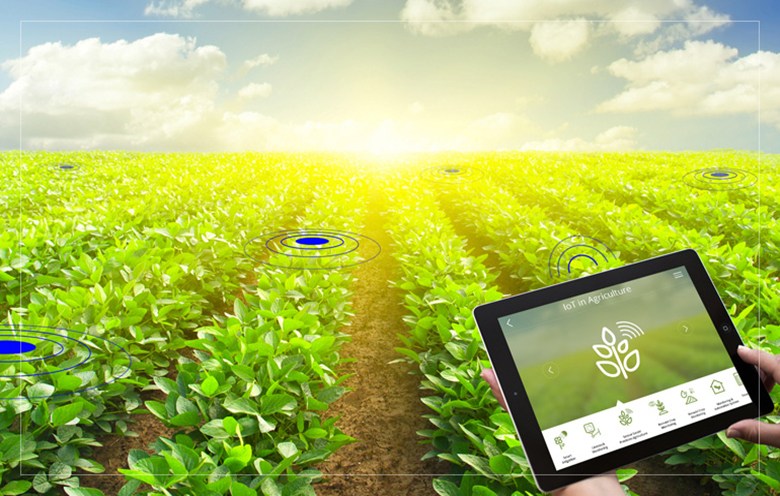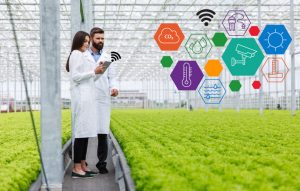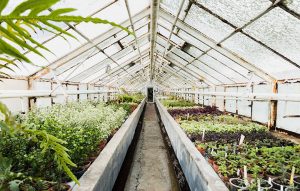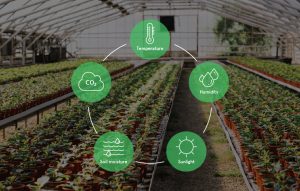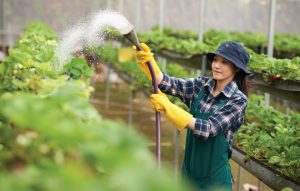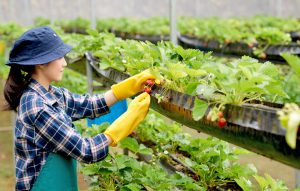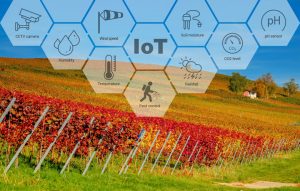The word ‘agriculture’ used to conjure up an image of labor-intensive, time-consuming, slow-growth, and hard-farm living field. Nevertheless, with the advancement in agricultural technologies and techniques, particularly in the last 50 years, agriculture has become a thriving field. We produce more food now than ever before. However, the current model is not sustainable, as the world’s population speedily approaches the 8 billion mark. In fact, the United Nations estimates that the world population will reach 8.6 billion by 2030 and 9.8 billion by 2050. It’s clear that the present food production methods need a radical transformation to sustain itself.
Luckily, we now have a range of data-driven technologies – Internet of Things, Artificial Intelligence, Machine Learning and Big Data – that may fuel another agricultural revolution which farmers need. Farmers and growers look for ways to efficiently utilize resources like fertilizers, chemicals, water, improve the quality of produce, increase yields, reduce environmental footprint and mitigate agricultural risks.
It would not be overwhelming to say, with IoT and AI, farming is shifting from skills-based, intuition-based to a more industrialized model of agriculture. In such a model, decisions are taken based on objective data, which are insightful, illuminating, less biased and more accurate for farmers.
How IoT and AI are revolutionizing farming
In a sentence, the use of IoT and AI technologies help to gather, understand, process, learn, reason, interact, thus boosting efficiency, regardless of the industry.
The combination of IoT and AI provides data-based insights to optimize crop yield while minimizing environmental effects. Here are a few of the outputs that an AI-powered, IoT-enabled smart agriculture solution gives:
Weed controlling:
The images of weed occurrences from camera sensors are overlapped with yield maps, fertilizer maps and spray maps in real-time to determine where to spray. It helps farmers not only to cut down the amount of herbicides they spray but also helps them to restore their desired crops.
Crop yield optimization:
Real-time data taken from an AI-powered, IoT-enabled smart agriculture solution optimizes crop yields in the following way:
- Suggest a practical plan for harvesting based on data of soil quality, moisture levels, and weather conditions.
- Recommend preventive measures based on data of weather forecasts to decrease the chances of crop damage.
- To optimize the productivity of individual plants, it analyzes and manages crop irrigation requirements, and use available water resources sustainably.
Soil quality monitoring:
Upon uploading the images of soil, the deep-learning powered image recognition app identifies potential defects and nutrient deficiencies in the soil. The app also provides recommendations to users about soil restoration techniques and tips for land preparation. It also suggests soil-test based optimum fertilizer doses to attain yield targets.
If your goal is to level-up the efficiency, sustainability, and cost-effectiveness of your agricultural production, the smart agriculture solution is the way for you.
What you can do with AI and IoT in agriculture
Automatic irrigation
Manage livestock with rich data insights
Weather forecasting
Sensor-based precision agriculture
Remote crop yield optimization
Soil health monitoring
Smart warehousing, logistics, and distribution
Remote asset monitoring
Improve the quality of produce
Greenhouse monitoring with real-time data
Weed controlling
Predictive analytics for crop sustainability


